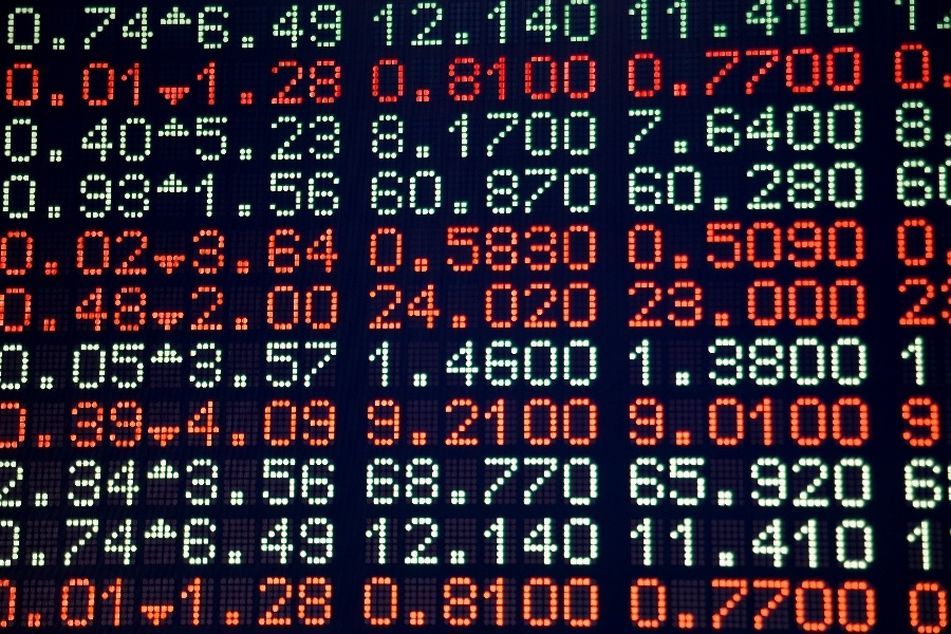Despite good news, bank ETF trails market

Stress tests, rate outlook bode well but negative sentiment on the sector remains.
Bank stocks are trailing the broader market even after Federal Reserve stress tests showed some financial institutions had regained enough strength to boost dividends and increase share repurchases.
The Financial Select Sector SPDR Fund, an exchange-traded fund that tracks more than 80 companies, outpaced the SPDR Standard & Poor’s 500 ETF Trust by 0.9 percentage point on March 12, the day after the Fed released results of its annual review of capital plan. Since then, this ETF, which includes Citigroup Inc. and Bank of America Corp., has lagged behind the benchmark fund by 0.8 percentage point, nearly erasing that one-day gain.
The lack of continued outperformance since the results were released “is discouraging,” said Matt Maley, an equity strategist at Miller Tabak & Co. The potential for a flatter yield curve — when the difference between yields of longer- and shorter-term securities narrows — “is offsetting the shareholder-friendly news of higher dividends and more share buybacks” banks recently announced.
The financial ETF continued to lag behind the market even after the Fed dropped an assurance it will be “patient” in raising interest rates, according to a statement released March 18 by the Federal Open Market Committee. That opens the door for higher borrowing costs as early as June.
The central bank also lowered its estimates for interest rates and economic growth, which sent the yield on 10-year Treasury notes below 2%.
‘CHOPPY’ DATA
Among investors, “the consensus is that the Fed will hike rates a few times in the next year even if economic data remains choppy,” said Timothy Ghriskey, chief investment officer at Solaris Asset Management in New York, who helps manage about $1.5 billion in assets. Having kept rates very low for a long time, the central bank doesn’t want to risk falling behind, he said.
Policy makers cut the benchmark federal funds rate to near zero in December 2008 to spur the economy amid an 18-month recession that began a year earlier.
A modest tightening cycle, coupled with mixed economic results, keep longer-term yields low. That’s a “wet blanket over banks’ earnings,” Mr. Ghriskey said, adding that the profitability of making loans will remain depressed amid a low-rate backdrop.
Even so, the ETF traded above a “key resistance level” on March 18 — the intraday high of $24.66 on March 6 — which is a “bullish technical indicator” that may prompt additional investment, Mr. Maley said. If it surpasses a December 2014 high of $25.14, this will confirm that its rally since late January “is seeing a nice second leg.”
Still, the ETF closed only 4 cents above the March 6 threshold, which illustrates there’s still negative sentiment about this group, Mr. Maley said. “Yesterday’s underperformance is the latest example that the bear case for bank stocks is still actionable for some traders.”
Learn more about reprints and licensing for this article.








